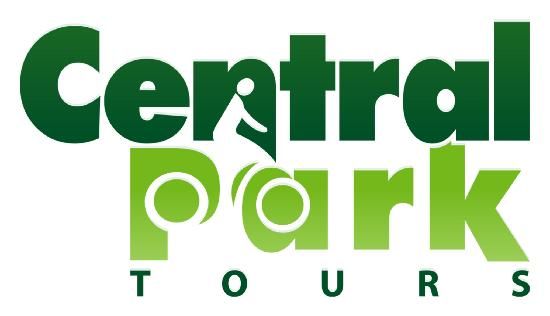Ice Skating in Central Park

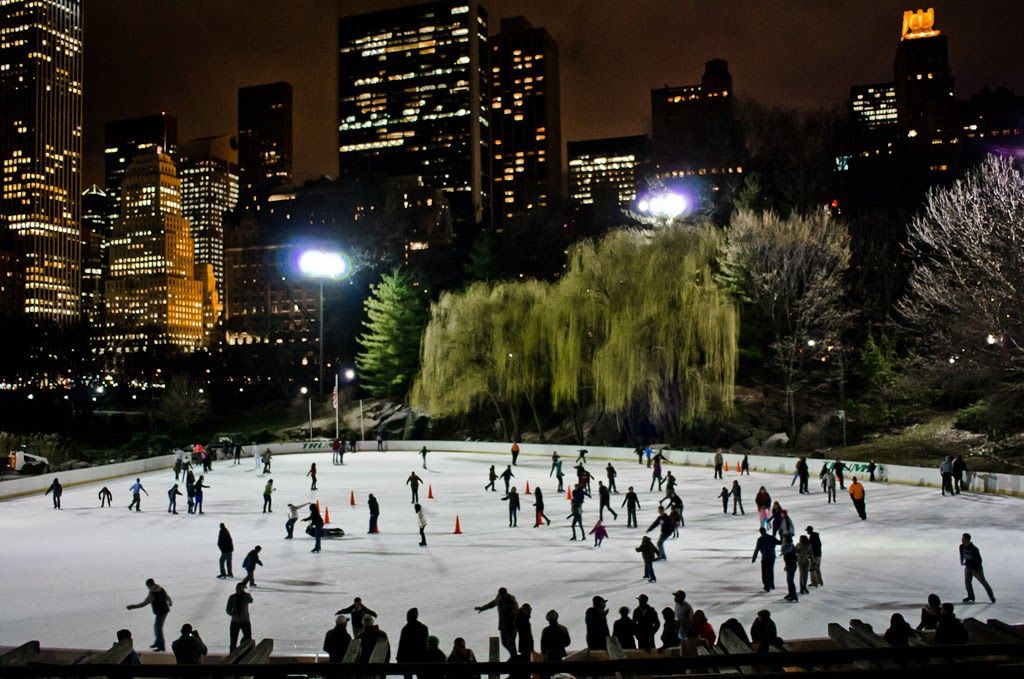
Seasons change, and with them – the favorite sports of Central Park. Biking, known as The King of Summer, steps down for ice skating – The Queen of Winter, to take the throne.
Ice skating has a cult following in Central Park as big as biking, and the history is this winter sport actually predates the park itself! It is so well-loved around that even some paranormal beings enjoy taking part in it! But first, let’s learn how to skate!
Basic rules
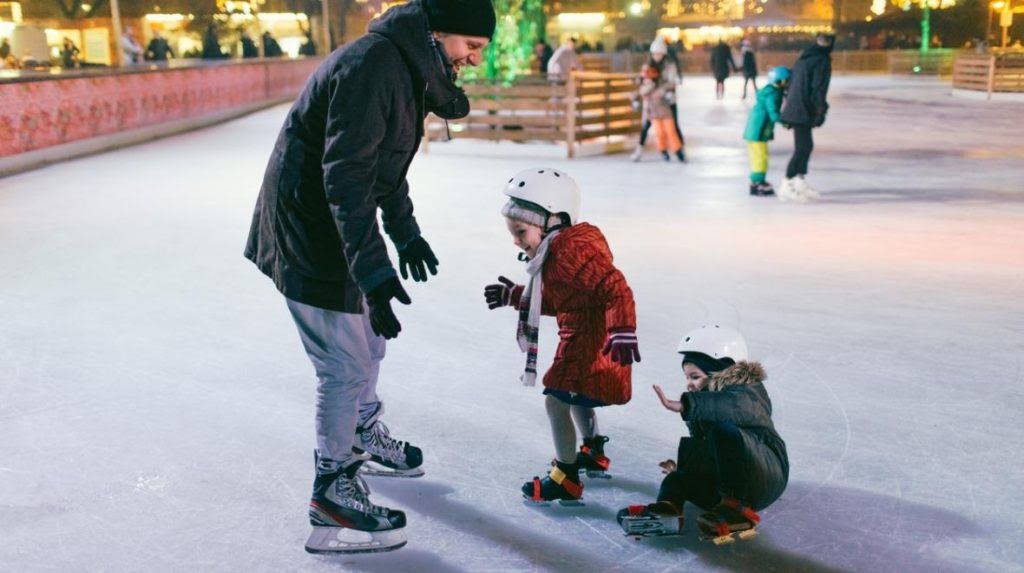
Ice skating is probably the best winter sport that you can practice in Central Park. It’s great for people of all ages, but you need to follow some simple rules in order to stay safe.
- Body position
- Don’t stand too upright. Bend your knees, so most of your weight to fall on the balls of your feet. Chest and shoulders – forward, arms – on the sides.
- Try to steer with your shoulders; it is easier than with your feet.
- Move forward using smaller steps.
- Stopping is the most important skill, so master it first. The easiest way is to bring your feet into parallel and then push the heels outwards, keeping knees bent and body upright.
- If you fall (trust me, we all fall) try to get your hands off the ice as quickly as possible. The best way to protect your fingers is by getting up on your knees with clenched fists.
Risks
Ice skating has its risks if not done correctly. We’ve gathered the most common ones, so you can be safe on your next trip to the rink
- Ankle sprains and fractures – skating puts a lot of pressure on the ankles. This makes them vulnerable to sprains and fractures. Watch out for peroneal and tibialis anterior muscle damages, too.
- Head Injuries – it’s very easy to fall on your head when you lose balance. Ice can be dangerous on impact, so be very watchful.
- ACL tears – anterior cruciate ligament tears are common amongst ice skaters.
- Lacerations are pretty common with all the ice blades and high speed on the rink.
- Hand and wrist injuries – it’s not hard to slip and fall when you’re running on clear ice. When falling, your immediate reflex is to put your hands forward, so they take the impact.
Gear


There are two types of ice skates – for hockey and for figure skating. Those for hockey are more comfortable and durable, so they are the more common ones. Their price starts at around $50 and goes up in the four figures, but for about $120 - $150, you can easily find good, comfortable, and durable models. Let’s dive into a more in-depth analysis of their pros and cons.
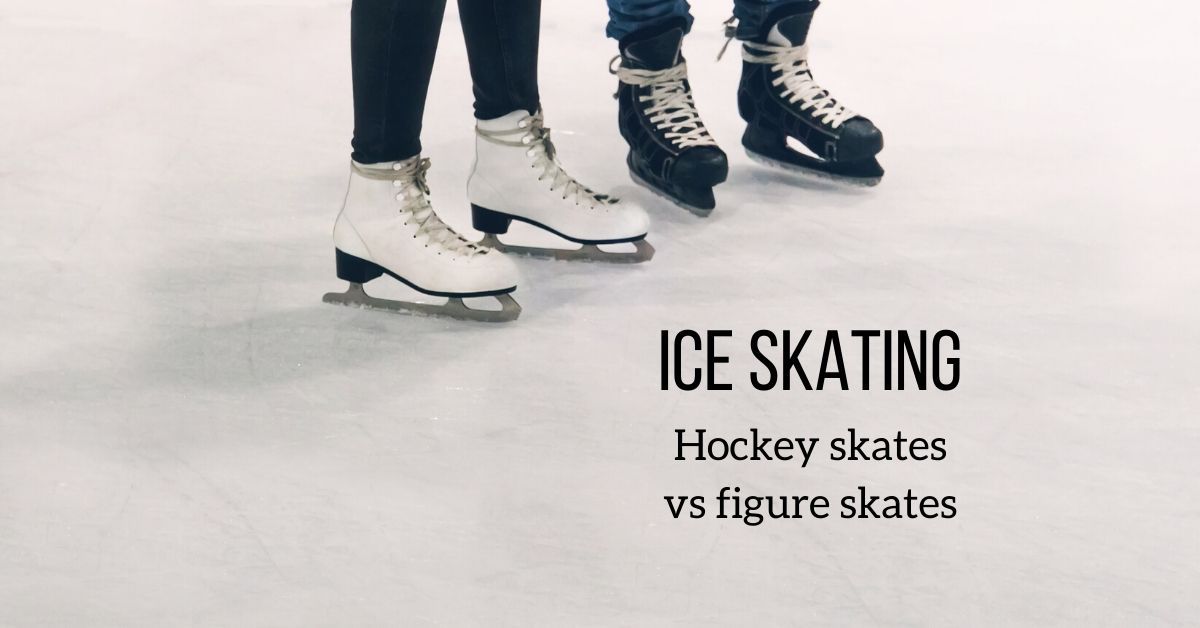
Hockey skates
As mentioned above, they are the more durable of the two. Hockey skates are also lighter which allows the skater to move faster and with more control over their motions. The boot is thicker, thus providing protection from any impact. The blade has a bigger curve. This makes hockey skates even more maneuverable.
Figure skates
The longer blade of the figure skates allows the skater to move gracefully (like an Olympic skater). They are tighter around the ankle and thus safer. Also, the toe pick helps the skater execute jumps and pivots.
The duel
Hockey skates are more commonly used and are better suited for beginners due to them being lighter, safer, and more maneuverable. The toe pick can make figure skates a bit more difficult to use, and the longer blade makes them less maneuverable. But if you find the graceful figure skaters inspirational – don’t think twice and go for the figure skates. After all, the best skate is the one that you feel the most comfortable with.
Clothing
Keep in mind that this is a winter sport, so bring some warm clothes. However, you are supposed to have good mobility. Most skaters recommend a tank top, a sweater, and microfiber socks. Go for a coat only if you’re skating outside.
Your first steps in the rink
The Christmas and New Year holidays are the perfect time for you to start ice skating. There are multiple rinks around in New York. The Rink At Rockefeller Center, Sky Rink at Chelsea Piers, and Riverbank State Park Roller skating are among the favorites of both New Yorkers and guests of the city.
Ice Rinks in Central Park
Central Park boasts three excellent ice skating rinks – The Wollman, the Lasker Rink, and the Conservatory Water. All three of them are equipped for the safety and entertainment of the skaters.
Conservatory Water
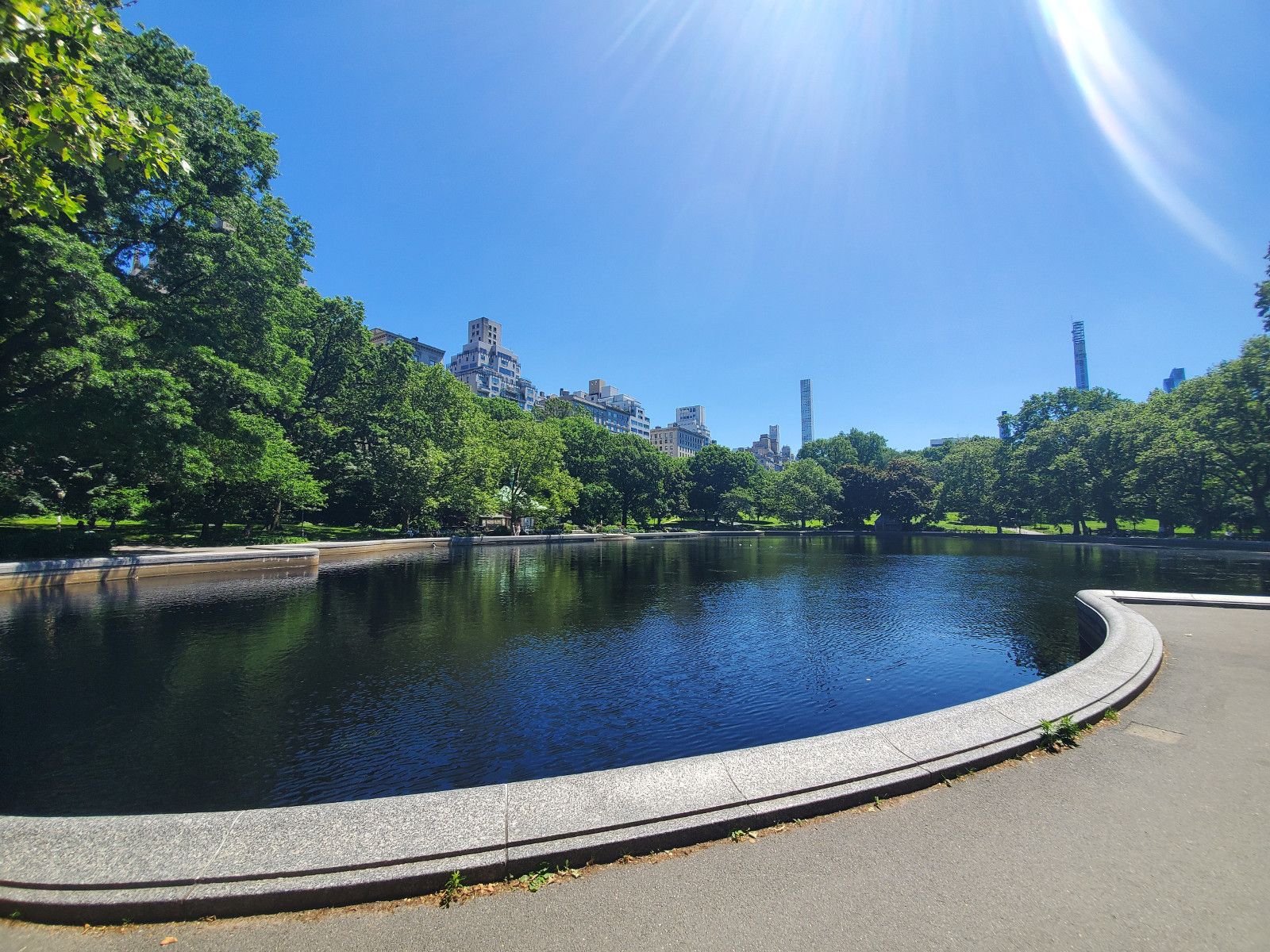
It is probably more popular as a summer location and amongst the model sailboat enthusiasts. Frederick Law Olmsted and Calvert Vaux have drawn inspiration for the Conservatory Garden from the Grand Basin in Paris’ Luxembourg Gardens.
With the right weather conditions – at least six inches of ice, the Conservatory Water becomes one of the three rinks in Central Park. It might be the smallest one, but the skating is free! However, you must bring your own skates.
There’s a small café nearby that provides warm beverages and seasonal perennial planting beds.
Lasker Rink
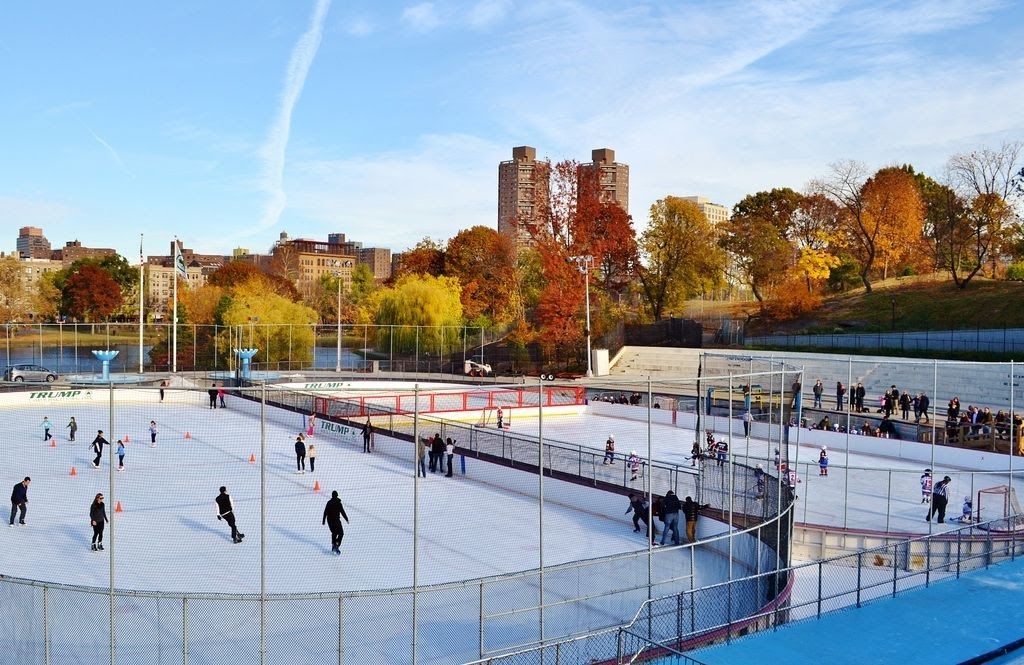

Lasker Rink is another example of a multi-purpose facility. The Lasker Pool is extremely popular in summer as one of the few places in Central Park where you can go for a swim.
Lasker Rink is a state of the art ice skating rink. The Skating Academy is famous all over New York for its youth, adult, and private programs. Another attraction is the Freestyle Sessions that give figure skaters a chance to shine.
Hockey fans call the Lasker Rink their second home. Both youths, adults, and people with disabilities can have a game!
Last, but not least – the Lasker Rink is a popular destination for parties on ice. This can be a great idea if you have friends with birthdays in the winter.
The Lasker Rink usually opens in October and closes in mid-March. It provides locker rooms and rental skates for its visitors. It is planned to close for renovations in 2021.
Wollman Rink
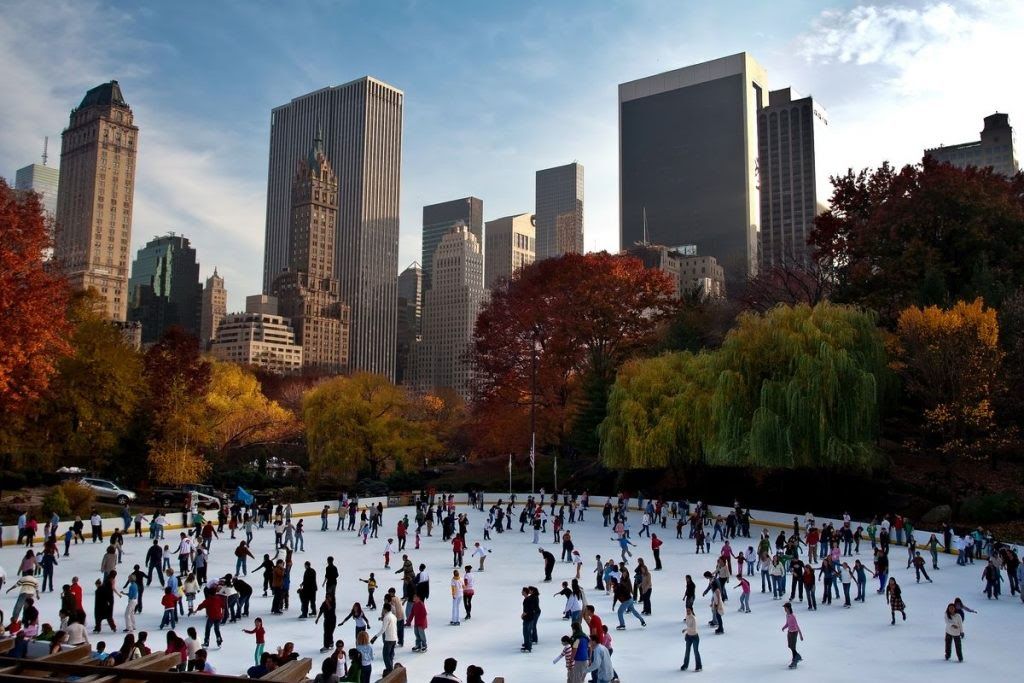

Wollman Rink is the oldest and largest of the Central Park ice skating rinks. It is named after Kate Wollman, who donated more than half a million dollars in 1949. Before that, it was a part of The Pond.
Through the years The Wollman Rink was used for many purposes including as an outdoor concert venue, but after its renovations in 1986 works only as an ice skating rink in winter and as the Victorian Gardens Amusement Park in summer.
Wollman rink has made multiple appearances in various movies and shows, including Love Story, Serendipity, Home Alone II, and a cameo in Radio City Christmas Spectacular.
The place is excellently equipped with lockers and party facilities. You can opt for skating and hockey lessons for all ages.
If you’re cold or hungry, then be sure to visit the snack bar for some coffee, tea, and snacks!
COVID-19 safety measures
- Both rinks have implemented safety measures to prevent the spreading of COVID-19. They include a check-in process, cleaning, and disinfecting after each group.
- Equipment and teaching aids will be thoroughly cleaned
- Wearing a face mask is absolutely obligatory during the practice.
- Both the rinks and the lockers will operate at a reduced capacity.
- Also, bringing in food will be prohibited, and so is partnered skating and coaching.
- Water fountains will not be available.
History of ice skating in Central Park
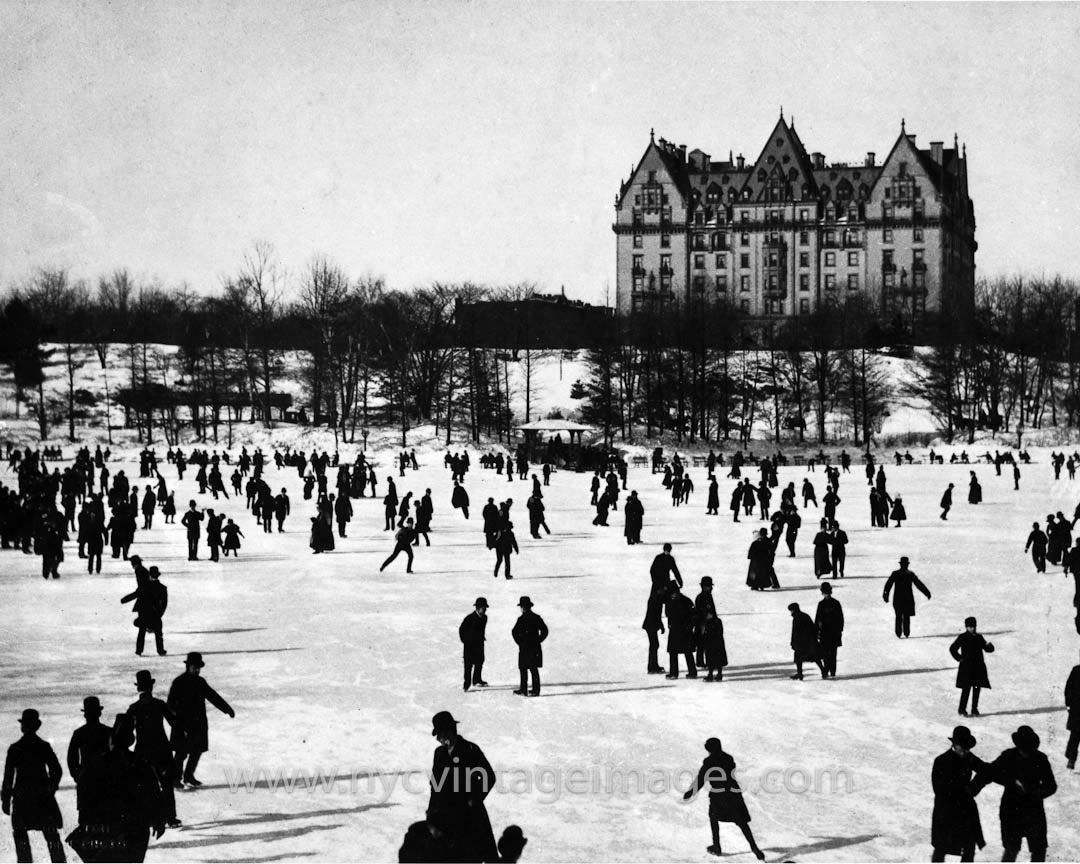

Before Wollman Rink, there were The Lake and The Pond. They were the first two places chosen by enthusiasts in the 1850s, just after the park was officially opened. However, these bodies of water were not the best picks because they rarely froze.
The idea for an ice skating rink was conceived in 1949 by philanthropist Kate Wollman. She donated about $600,000. The first ice skating rink in Central Park was opened in 1950 carrying her family name.
Even ghosts love to skate
There’s a popular urban legend about a couple of sisters – Janet and Rosetta Van Der Voort. The sister loved to skate on The Pond. However, they passed away in the late 1880s of old age. Still, visitors claim that they have seen them near The Pond. If you see them – don’t worry. They are like all of us – here for some good time!
Fun facts
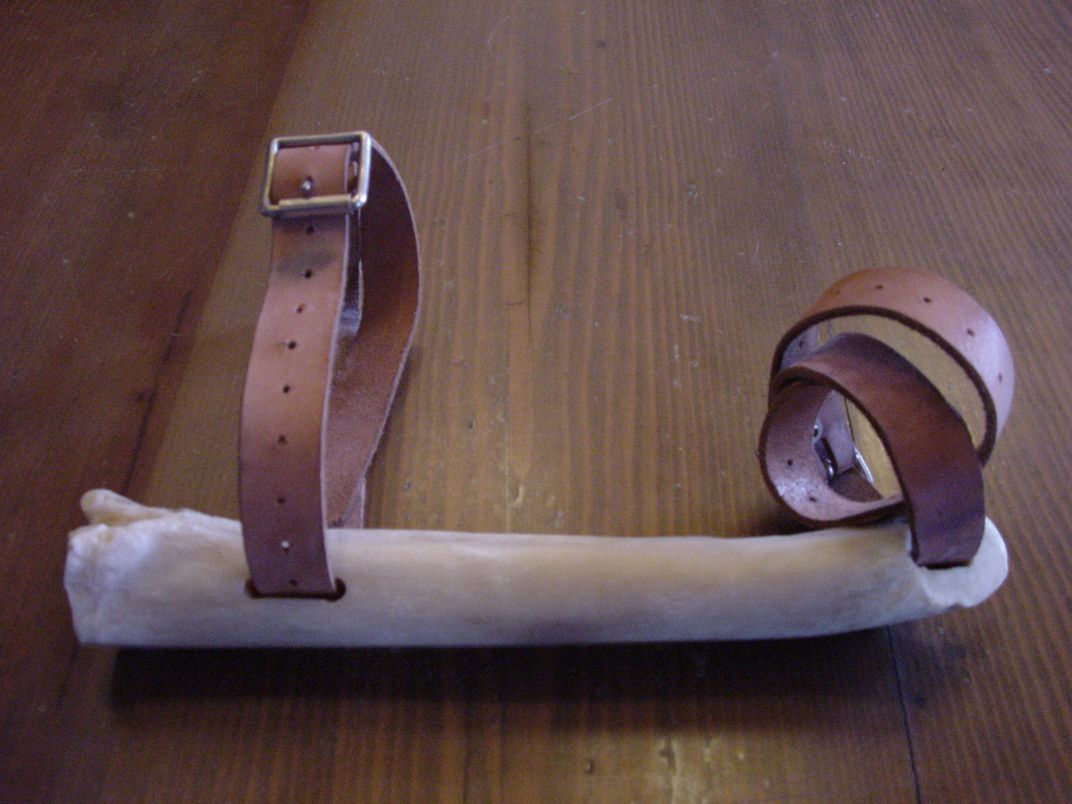

- Did you know that ice skating is one of the oldest winter sports? Ice skating debuted during the London Olympic Games in 1908, 16 years before the first Winter Olympic in Chamonix, France, 1924.
- Can you guess which were the first ice skates – hockey or figure skating? Well, both are wrong. Ice skating is so old, that the first ones were made of animal bones. They were discovered in Finland. The first iron ice skates were developed in the 13th century.
- What made figure skates so maneuverable was the invention of E.V. Bushnell. He skates that could be clipped to the foot in 1848, more elaborate moves became possible. This made possible the dancing of Waltz. Ice dancing was popular in several major European capitals.
Professional figure skating
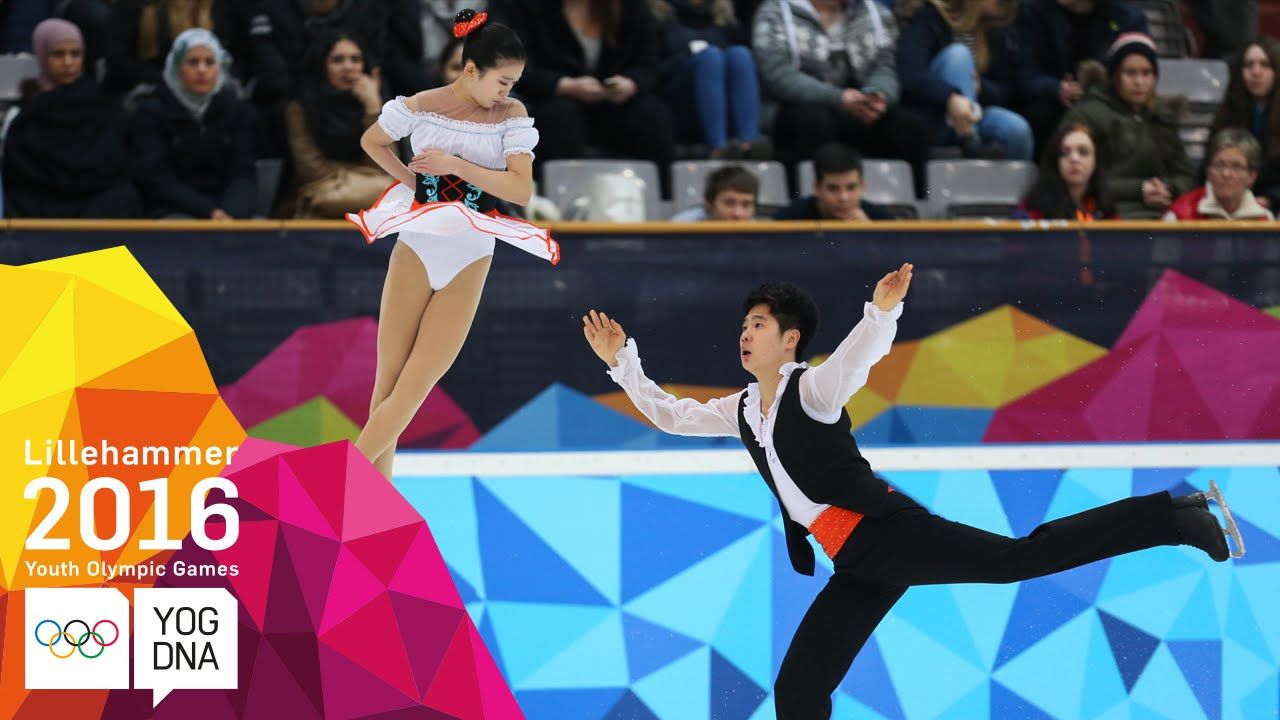

Figure skating is a graceful sport. It is a very hard and strict one, too. Most pro skaters spin at around 300 revolutions per minute. Male skaters weighing about 150 pounds and fall on the ice with 1000 lbs. of pressure, so watch out. However, male skaters have a more limited skill set than female ones. The ladies are more accustomed to the “layback spin”, which requires great flexibility, not typical for the gentlemen. The United States and Russia usually occupy the top spots, with Scandinavian or Eastern European countries such as Bulgaria taking a top place. China is also an emerging power.
Conclusion
Ice skating in Central Park carries a long and glorious legacy. It is a well-beloved winter activity with enough opportunities for everyone – from beginners to Olympic figure skaters and NHL players to practice. And the surroundings provide a lot of comfort – food, warm drinks, locker.
